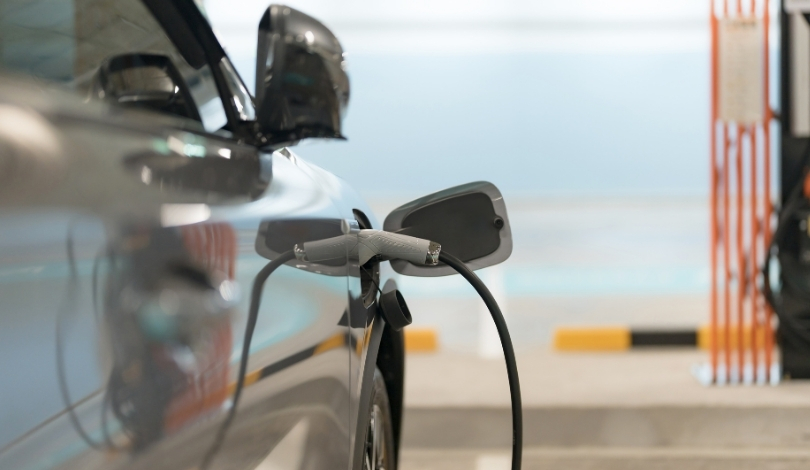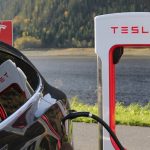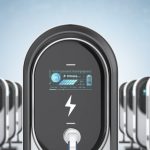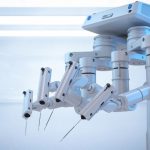Tesla and SpaceX founder Elon Musk’s latest forecast about robotics has stirred online conversations about the impact of automation on work and daily life. As artificial intelligence and humanoid robots progress, observers are questioning how existing job structures could give way to new economic models. Musk’s remarks have led to further debate over the pace of technological changes, social adaptation, and the promises of universal high income. Many wonder whether society is prepared for such fundamental shifts, both technologically and socially.
Regarding projected developments in robotics, earlier reports discussed the ongoing advancements in AI and automation, yet rarely did they include timelines as bold as Musk’s recent statements. While previous coverage of Tesla’s Optimus robot focused on technical demonstrations or planned applications, it had stopped short of suggesting robots might surpass the human population so quickly. Discussions about basic income have circulated in the context of automation for years, but Musk’s emphasis on universal high income and access to top-tier resources marks a new direction in the public conversation about AI, labor, and social welfare.
How many robots does Musk expect to see?
Elon Musk responded to online speculation that the production rate of robots could reach 320 million units annually if they followed vehicle sales trends. He asserted that the number of humanoid robots would, in time, greatly exceed the global human population, citing a future in which each individual might have access to a personal robot like R2-D2 or C-3PO. Musk stated,
Your estimates are about right. However, intelligent robots in humanoid form will far exceed the population of humans, as every person will want their own personal R2-D2 and C-3PO. And then there will be many robots in industry for every human to provide products & services.
What roles could these robots have?
The Tesla Optimus humanoid robot is referenced as the centerpiece of this industrial expansion, with the company aiming to begin mass production in 2025. Tesla employees were earlier informed by Musk that the target is to manufacture around 50,000 units in the initial run. These robots are expected to be involved in diverse sectors, ranging from industrial production to personal assistance, suggesting a broad reshaping of the labor landscape.
How does Musk address concerns over displaced jobs?
On the topic of human livelihoods following such widespread automation, Musk has restated his optimism about economic redistribution. He proposes the introduction of a Universal High Income model, surpassing basic income, where fundamental needs and services are universally accessible. He wrote,
There will be universal high income (not merely basic income). Everyone will have the best medical care, food, home, transport and everything else. Sustainable abundance.
Musk’s comments reflect consistency with earlier aspirations for an abundance-based society, referencing his ongoing work on Tesla’s Master Plan series and the notion of prosperity in a post-autonomy world. While critics highlight significant logistical and policy hurdles related to this vision, the conversation surrounding Universal High Income and robotics indicates a pivot from speculative fiction towards concrete discussion about the intersection of industry, technology, and social welfare. Market analysts are carefully observing Tesla’s next steps with Optimus, as these decisions may set a precedent for other technology companies navigating the same challenges.
Readers navigating discourse about high automation and Universal High Income should consider the complexities underlying such proposals. While AI and robotics, including Tesla’s Optimus, advance rapidly, large-scale societal adaptation and the implementation of new income models demand policy innovation, infrastructure readiness, and thoughtful debate on ethics and distribution. Workforce displacement has occurred in prior industrial eras, yet the scale and speed Musk describes are without precedent and could require international cooperation and consensus-building. The expected growth in robotics production may change employment structures, shape welfare programs, and create new types of economic activity, influencing how individuals prepare for future work environments.
- Tesla’s Elon Musk foresees more robots than humans in the future.
- Universal High Income is proposed to offset potential job loss.
- Production of Tesla’s Optimus robot may begin in 2025.










